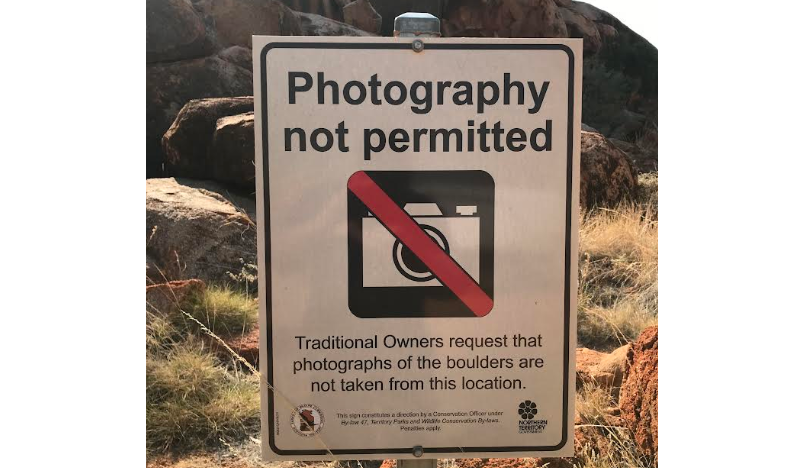
UPDATE: The Native Title Act 1993 (Cth) is under intense scrutiny as new reports reveal its profound implications on land rights and sovereignty across Australia. Opposition Leader John Hewson recently labeled the act as “a day of shame for the Australian Parliament,” igniting a nationwide debate over its legacy and impact on Indigenous communities.
The Keating Government pushed the Native Title Act through Parliament at a record pace, a move now criticized for fostering a system of racial entitlement rather than genuine reconciliation. Critics argue that this legislation transformed the cautious judicial acknowledgment of Indigenous rights into a permanent statutory framework, binding the nation to principles of landholding that prioritize descent over contributions or conduct.
Currently, approximately four million square kilometers of land, nearly 52% of Australia, is categorized under native title. This includes not only land but also 176,000 square kilometers of territorial waters, making it larger than the entire European Union. The rapid expansion of native title is attributed to administrative consent agreements between state governments and claimant corporations, with over 79% of the 661 determinations made since the act’s inception being consent determinations.
However, the rise of native title has not come without complications. The Timber Creek cases have set a precedent for compensation claims that could potentially cost billions of dollars, reflecting a system where rights are granted without substantial verification of their continuity or legitimacy. This raises urgent questions about the sustainability of the native title regime and its impact on public governance.
Legal experts warn that the current framework creates a “hollowed-out” sovereignty where the Crown retains liabilities without the corresponding rights of ownership. The dilemma lies in the fact that once native title is granted, it becomes insulated from judicial review, leading to a scenario where rights may exist on paper but not in practice.
Moreover, the concept of “consent determinations” has emerged as a controversial practice, often seen as political settlements that bypass rigorous legal examination. For instance, in the case of Wulli Wulli People v Queensland (No 2), rights were recognized despite a lack of genealogical continuity, demonstrating the frailty of the system.
As of mid-2025, the implications of the Native Title Act continue to unfold, with the potential for significant compensation claims looming over governments that have utilized these lands for decades without contest. The situation represents a critical junction for Australian law, forcing a reevaluation of what land rights mean in a contemporary context.
Looking ahead, policymakers and legal authorities are urged to address the growing tensions surrounding native title. The dialogue is shifting from mere recognition to a more profound reckoning with Australia’s historical and legal frameworks, emphasizing the need for accountability and truth in the ongoing quest for reconciliation.
This developing story highlights the urgency for Australians to engage with these critical issues, as the implications of the Native Title Act continue to resonate across communities and shape the nation’s future.





